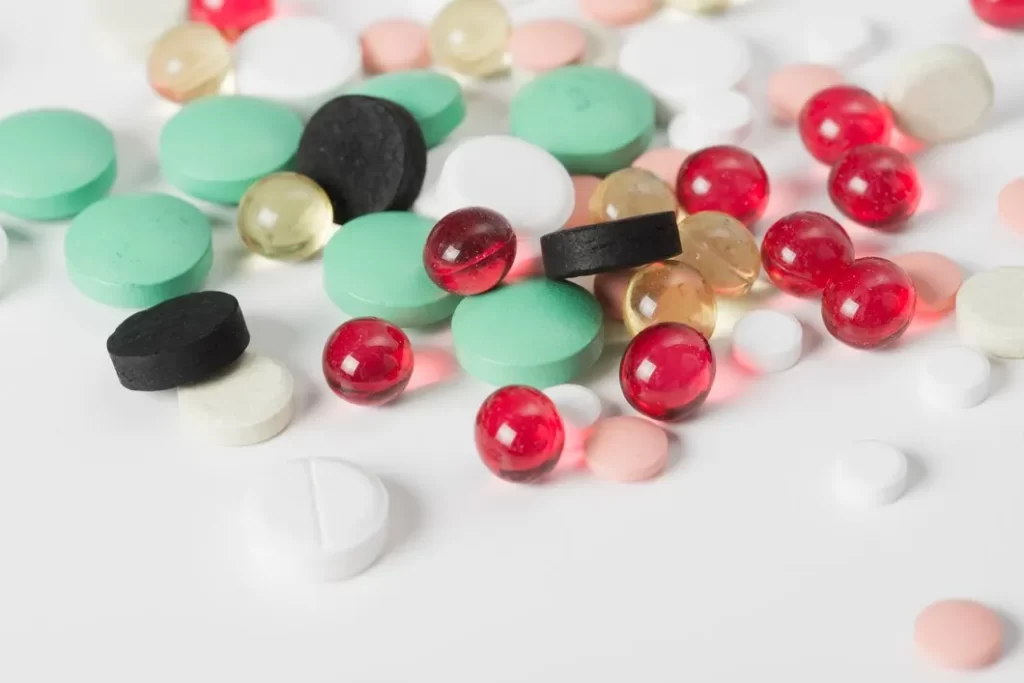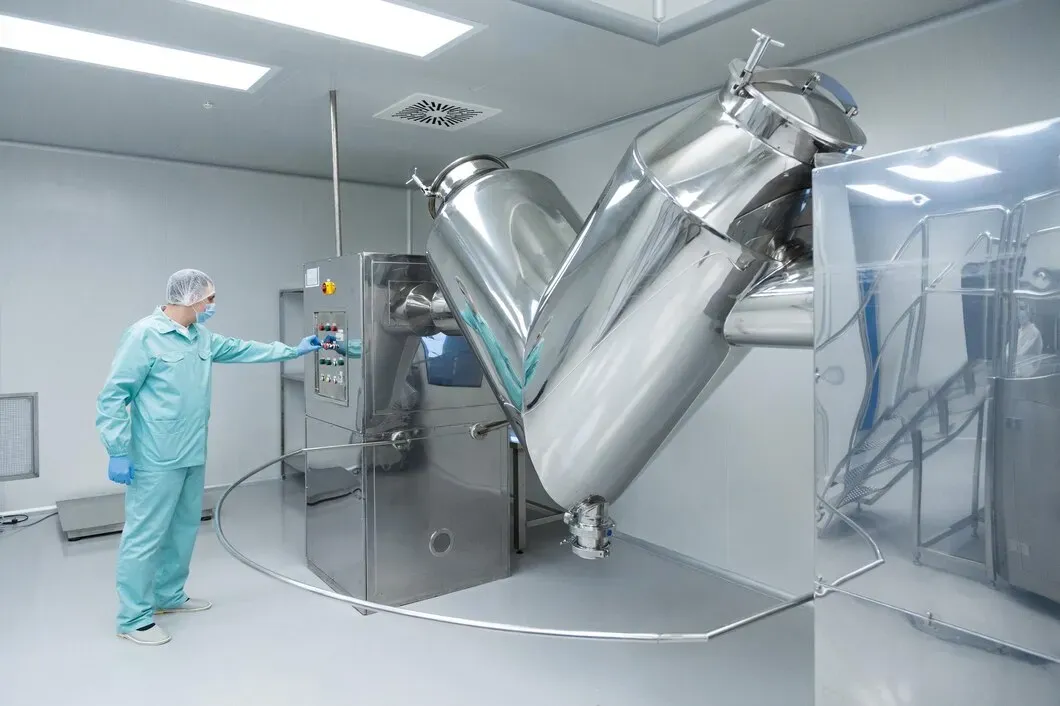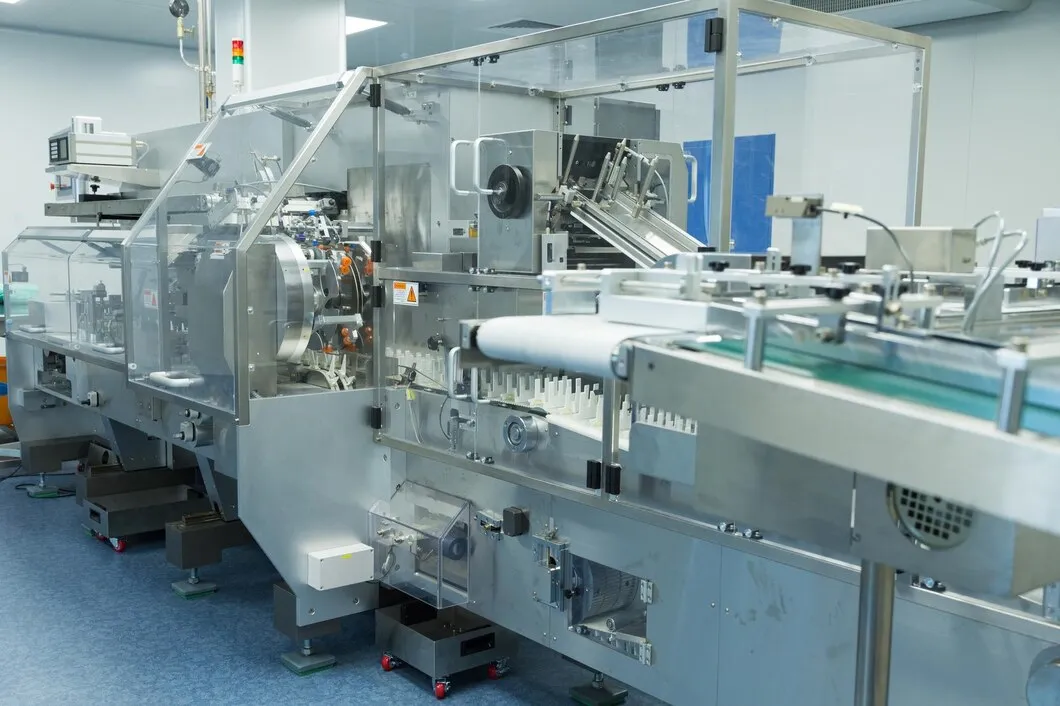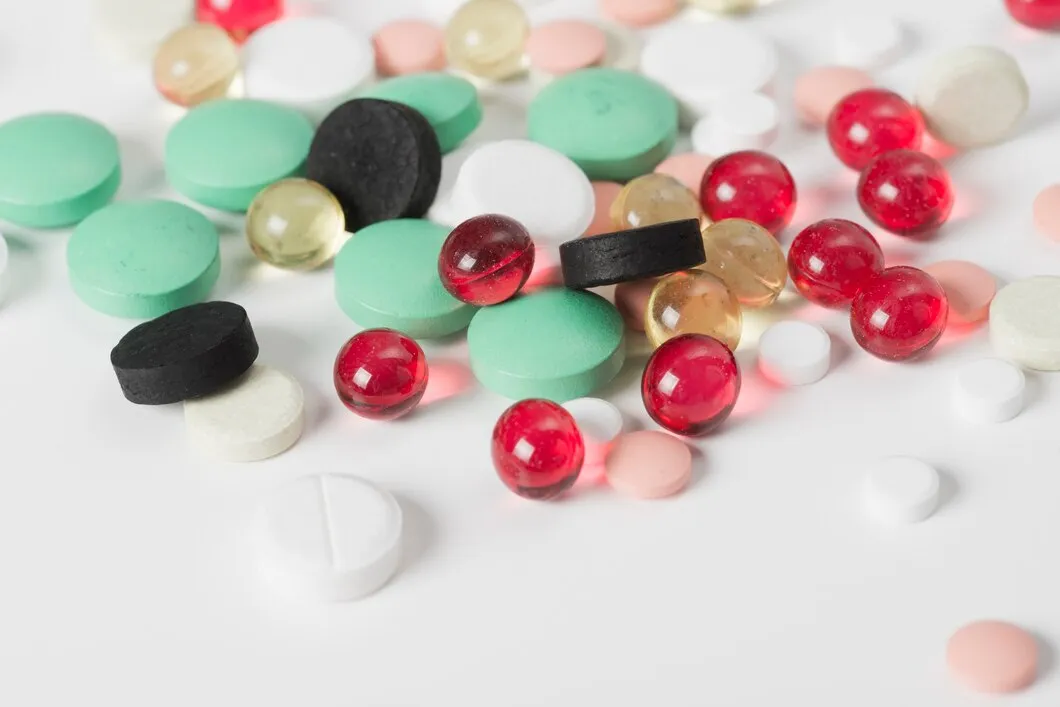Jika Anda memutuskan bagaimana cara mengirimkan produk farmasi atau suplemen, format yang Anda pilih—gel atau tablet cair—akan membentuk lebih dari sekadar tampilannya. Ini memengaruhi cara produk dibuat, seberapa cepat diserap, jenis peralatan yang Anda perlukan, dan bagaimana pengguna akhir merasakannya. Beberapa bahan aktif bekerja lebih baik dalam bentuk cair. Yang lain memerlukan dosis padat untuk stabilitas. Lalu ada biaya, masa simpan, dan jadwal produksi yang perlu dipertimbangkan.
Panduan ini menguraikannya dalam istilah praktis. Tidak ada pemasaran yang berputar-putar—hanya perbedaan utama yang penting saat Anda mengembangkan, meningkatkan skala, atau mencari sumber produk Anda berikutnya.

Kapsul lunak, yang juga dikenal sebagai gel cair, adalah kapsul satu bagian yang diisi dengan minyak, suspensi, atau semipadat. Kapsul ini disegel dengan cangkang berbahan dasar gelatin, yang sering kali bening atau berwarna. Kapsul ini umum ditemukan dalam suplemen seperti omega-3, vitamin D, dan beberapa ekstrak CBD atau herbal.
Tablet adalah dosis padat yang dipadatkan dan terbuat dari bubuk. Obat ini dapat berupa obat tanpa lapisan, berlapis film, dapat dikunyah, atau dengan pelepasan yang diperpanjang. Anda akan menemukannya di mana-mana—mulai dari vitamin dasar hingga obat resep.
Mungkin terlihat sederhana, tetapi setiap format memiliki kelebihan dan kekurangan yang memengaruhi produksi, kinerja, dan posisi pasar.
Kapsul lunak memerlukan proses khusus yang disebut enkapsulasi cetakan putar. Anda mengerjakan dua hal sekaligus: cangkang gelatin dan cairan pengisi. Keduanya digabungkan, dibentuk, diisi, dan disegel dalam proses yang berkelanjutan. Cangkang mengeras dengan cepat, tetapi proses pengawetan dan pengeringan memerlukan waktu. Anda juga memerlukan peralatan untuk menangani kontrol kelembapan, suhu, dan viskositas.
Tablet, sebaliknya, adalah lebih mudah untuk diproduksiBubuk dicampur, digranulasi jika perlu, dan ditekan menjadi bentuk tablet dengan mesin pres. Anda juga dapat menambahkan langkah pelapisan, tetapi ini bersifat modular. Pergantian lebih cepat, dan peralatan tersedia lebih luas.
Jika kecepatan dan biaya menjadi prioritas, tablet lebih mudah untuk ditingkatkan. Jika Anda bekerja dengan minyak atau bahan aktif yang sensitif, softgel layak untuk disiapkan lebih lanjut.
Di sinilah softgels bersinar. Karena bahan aktifnya berbentuk cair atau terlarut, biasanya diserap lebih cepatIni terutama berguna untuk senyawa yang larut dalam lemak atau zat aktif yang sukar larut dalam air.
Tablet, di sisi lain, perlu hancur di lambung sebelum penyerapan dimulai. Beberapa zat aktif kehilangan potensinya dalam proses tersebut. Yang lain baik-baik saja—tetapi sangat bergantung pada formulasi dan pelapisnya.
Jika Anda menargetkan tindakan cepat atau memiliki bahan yang sulit diserap, gel cair seringkali lebih efektif.
Softgel lembut, tidak berbau, dan lebih mudah ditelan bagi kebanyakan orang. Softgel juga tidak memiliki rasa kapur atau tekstur kering yang diasosiasikan dengan tablet. Dari perspektif merek, softgel cenderung terasa lebih premium.
Tablet lebih mudah digunakan. Banyak konsumen mempercayainya karena sudah menjadi standar, terutama untuk obat bebas dan obat resep. Namun, tablet yang besar atau tidak dilapisi mungkin sulit ditelan bagi sebagian orang.
Softgel menawarkan pengalaman pengguna yang lebih baik. Tablet menawarkan fleksibilitas dan keakraban yang lebih baik.
Kapsul lunak sensitif terhadap panas dan kelembapan. Kapsul lunak dapat saling menempel, berubah bentuk, atau teroksidasi jika tidak dikemas dengan benar. Ini biasanya berarti dikemas dalam kantong foil, botol gelap, atau kemasan blister dengan lapisan film penghalang tinggi.
Tablet lebih stabil. Tablet lebih tahan terhadap kelembapan, terutama jika dilapisi, dan memiliki masa simpan lebih lama dalam sebagian besar kondisi. Tablet lebih mudah diangkut dan disimpan dalam jumlah besar.
Untuk lingkungan yang menantang atau umur simpan yang lama, tablet lebih mudah dikelola.
Mari kita bahas skala. Mesin cetak tablet dapat memproduksi ribuan unit per menit. Bahan baku lebih murah. Pergantian lebih cepat. Kebutuhan tenaga kerja lebih rendah.
Lini softgel bergerak lebih lambat. Mesinnya lebih rumit, dan bahan cangkang gelatin menambah biaya. Anda juga memerlukan ruang pengawetan dan kontrol lingkungan.
Tablet lebih hemat biaya dan lebih cepat diproduksi dalam skala besar. Softgel lebih mahal tetapi mungkin sepadan dengan harganya, tergantung pada formulasi dan pasar.
Jika produk Anda berbentuk cair atau mengandung bahan aktif berbasis minyak (seperti minyak ikan atau CoQ10), softgel biasanya merupakan pilihan terbaik. Tablet sulit untuk mengatasi bahan yang berminyak atau tidak stabil, meskipun bubuk dan butiran mudah ditangani.
Anda juga perlu mempertimbangkan kombinasi berbagai bahan. Tablet dapat dicampur dan dicocokkan dengan lebih mudah, termasuk profil pelepasan berlapis (langsung + tertunda). Softgel lebih terbatas dalam hal ini.
Gunakan softgel untuk bahan aktif berbasis cairan. Gunakan tablet untuk bubuk, kombinasi, atau format pelepasan termodifikasi.
Tidak ada jawaban yang cocok untuk semua orang. Namun, berikut ini ikhtisar singkat berdasarkan hal yang paling penting:
| Faktor | Kapsul lunak | Tablet |
| Terbaik untuk | Minyak, larut dalam lemak, bahan aktif sensitif | Bubuk, formula multi-bahan |
| Ketersediaan hayati | Lebih tinggi (umumnya) | Variabel (tergantung formulasi) |
| Kecepatan produksi | Lebih lambat | Lebih cepat |
| Biaya per unit | Lebih tinggi | Lebih rendah |
| Umur simpan | Bawah (sensitif terhadap panas/kelembapan) | Lebih tinggi (terutama yang dilapisi) |
| Pengalaman konsumen | Lebih mudah ditelan, terasa premium | Familiar, tapi mungkin lebih sulit untuk diterima |
Pilihan antara gel cair vs tablet tergantung pada apa yang Anda buat, untuk siapa Anda membuatnya, dan bagaimana Anda berencana untuk meningkatkan skalanya. Softgel paling cocok untuk produk berbasis minyak atau yang bekerja cepat dan menawarkan pengalaman konsumen yang hebat. Tablet lebih serbaguna, hemat biaya, dan lebih mudah dikelola dalam volume tinggi.
Jika Anda bergerak di bidang farmasi atau suplemen dan sedang merencanakan lini produk berikutnya—atau meningkatkan peralatan manufaktur Anda—mengetahui perbedaannya akan membantu Anda menghindari kesalahan yang mahal.
Butuh dukungan untuk memutuskan format apa yang paling sesuai dengan alur kerja atau formulasi Anda? Bicaralah dengan Kanaan tentang mesin cetak tablet berkinerja tinggi dan sistem produksi softgel yang dirancang untuk manufaktur modern.




Sebelum obat apa pun sampai ke pasien, obat tersebut mulai diproduksi di laboratorium. Di sanalah formula diuji, batch diperiksa, dan kualitasnya dikonfirmasi atau dipertanyakan. Untuk melakukan pekerjaan itu dengan benar, laboratorium bergantung pada peralatan yang tepat—alat yang tidak hanya menyelesaikan pekerjaan, tetapi melakukannya dengan presisi. Jika Anda bertanggung jawab untuk menjalankan atau […]

Kemasan blister ada di mana-mana dalam bidang farmasi—mulai dari tablet hingga kapsul hingga kemasan sampel. Kemasan blister melindungi produk, memperpanjang masa simpan, dan meningkatkan keselamatan pasien. Namun bagi produsen, kemasan blister lebih dari sekadar kemasan—ini adalah sistem yang dibangun berdasarkan kecepatan, ketepatan, dan kepatuhan. Jika Anda bergerak di bidang manufaktur farmasi atau pengadaan kemasan, berikut ini hal-hal yang perlu Anda ketahui tentang kemasan blister […]

Jika Anda memutuskan cara memberikan produk farmasi atau suplemen, format yang Anda pilih—gel cair atau tablet—akan membentuk lebih dari sekadar tampilannya. Format ini memengaruhi cara produk dibuat, seberapa cepat diserap, jenis peralatan yang Anda perlukan, dan bagaimana pengguna akhir merasakannya. Beberapa bahan aktif bekerja lebih baik dalam […]